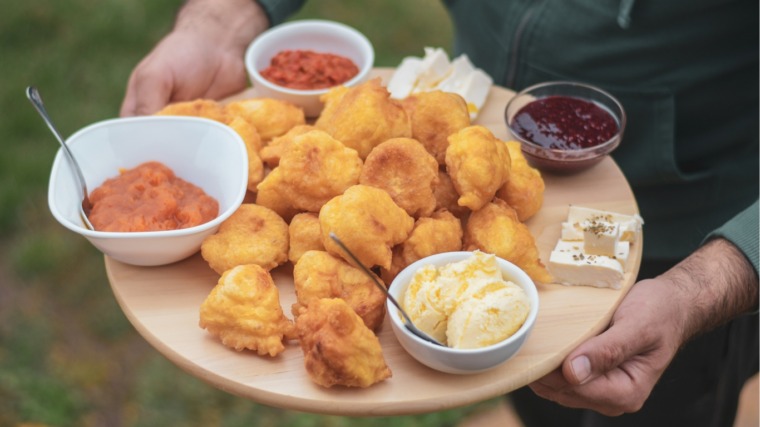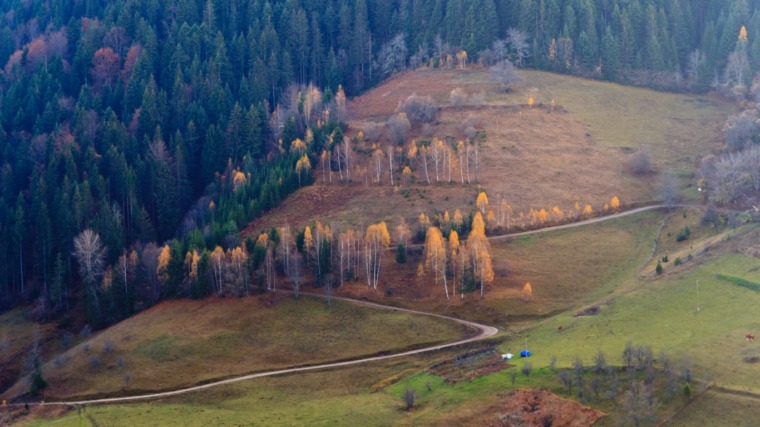
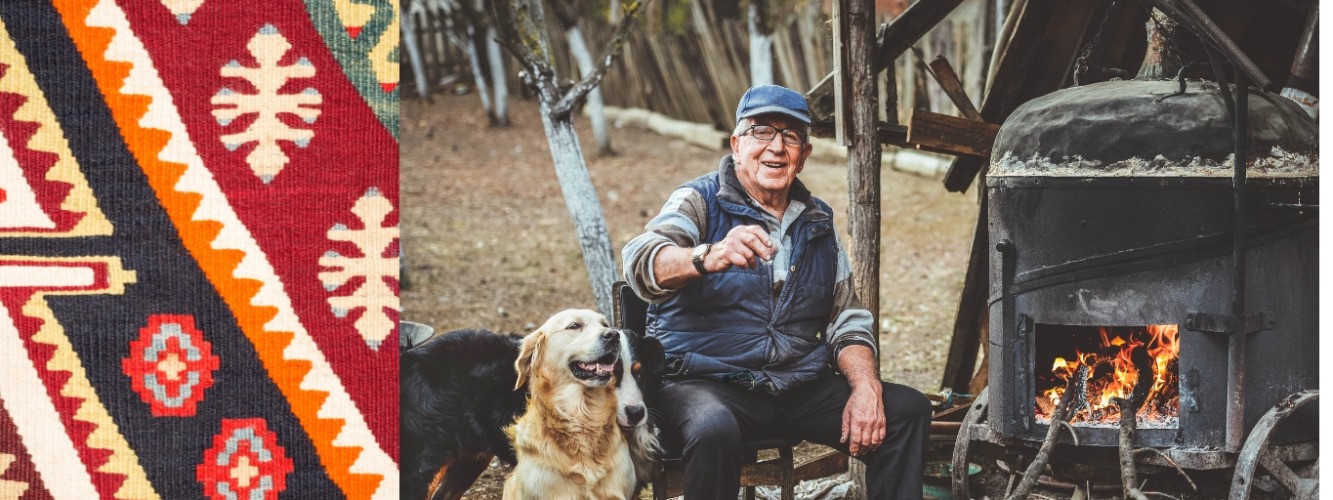
In Serbia, rakija is not just a drink; it’s a cultural symbol, a bridge between generations, and a centerpiece of gatherings. This strong fruit brandy is deeply rooted in the Serbian way of life, appearing at celebrations, farewells, and even quiet evenings among friends. Making rakija is more than a culinary process—it’s a cherished ritual that brings people together.
A Short History of Rakija
Rakija has been made in the Balkans for centuries, with Serbia often called the “land of rakija.” The oldest written records about it date back to the 14th century. It was first produced by monks and farmers, both as a drink and for medicinal purposes. Over time, rakija became a household staple, with each region and family developing its own unique recipe and distilling technique.
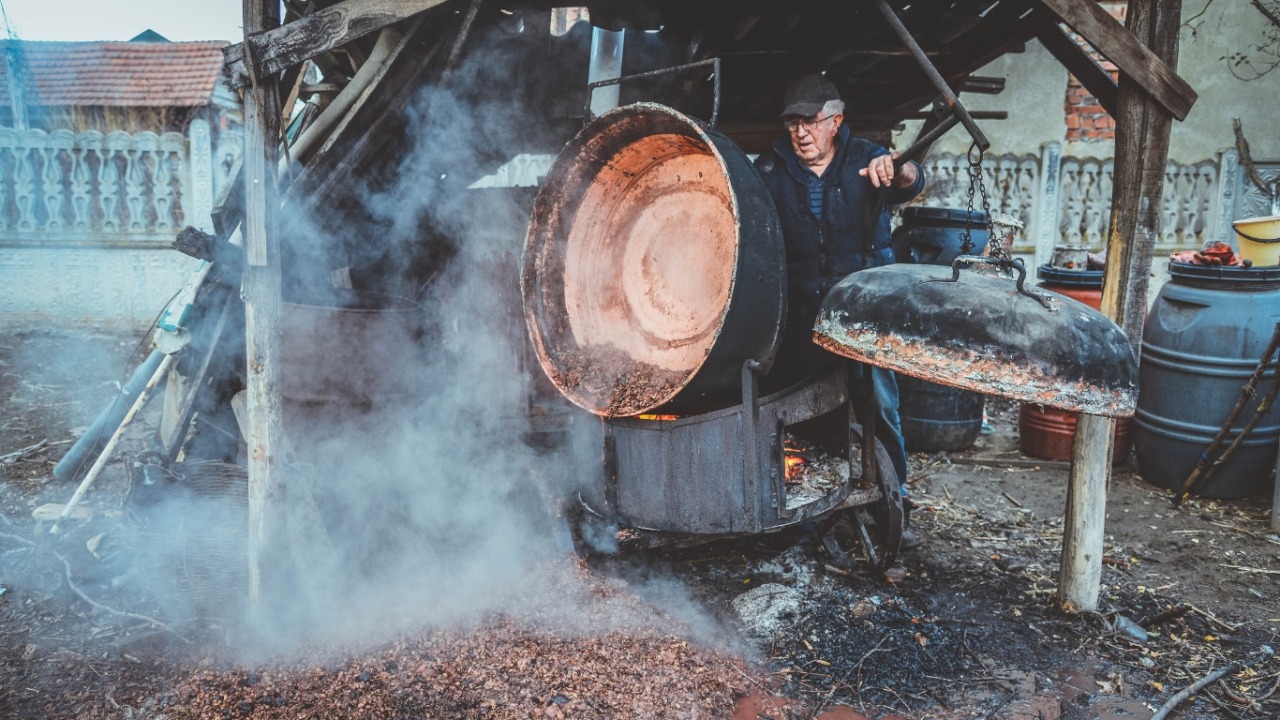
The Many Faces of Rakija – Types and Flavors
Serbia is home to a wide variety of rakijas, each tied to the fruits of the region:
- Šljivovica – Made from plums, Serbia’s most famous rakija, often aged in oak barrels for a smooth, rich flavor.
- Lozovača – Distilled from grapes, common in vineyard regions.
- Kajsijevača – Made from apricots, with a fragrant aroma and sweet aftertaste.
- Dunjevača – Made from quince, considered a delicacy for its rare, floral notes.
- Jabukovača – Apple brandy, lighter in taste, often homemade.
- Medovača – Honey-infused rakija, softer and sweeter, often enjoyed in winter.
- Travarka – Herb-infused rakija, believed to have medicinal properties.
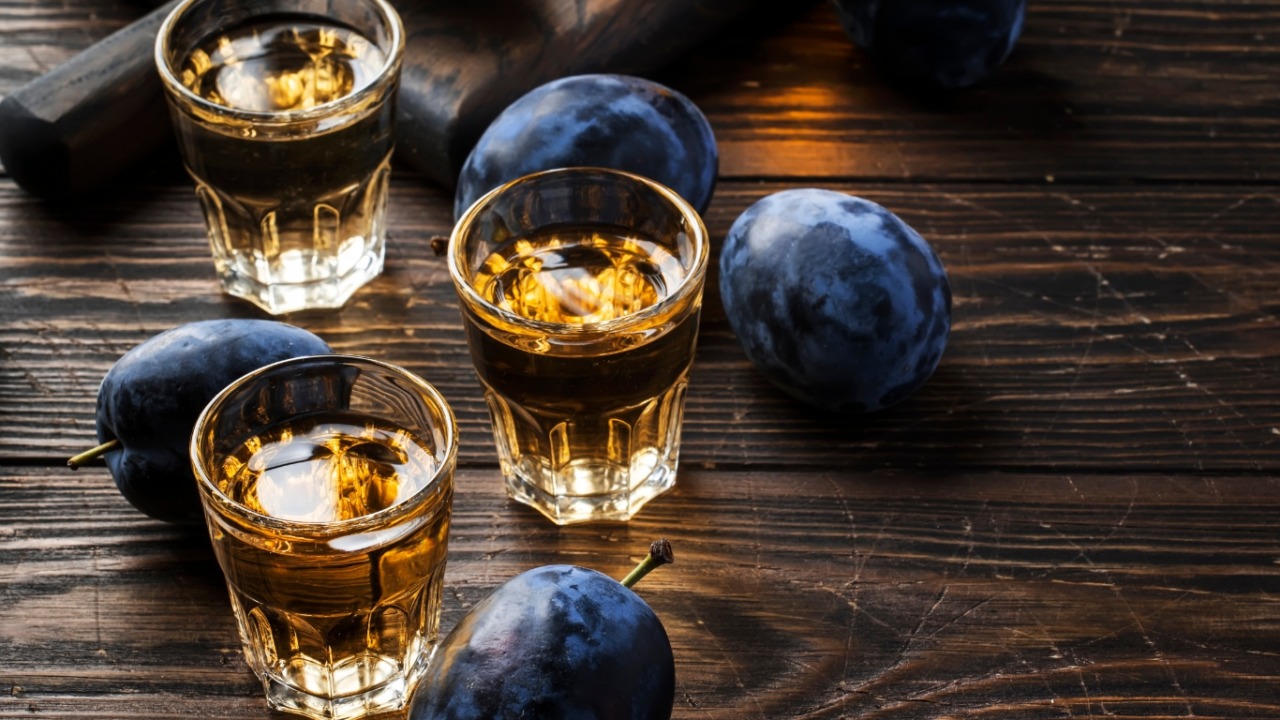
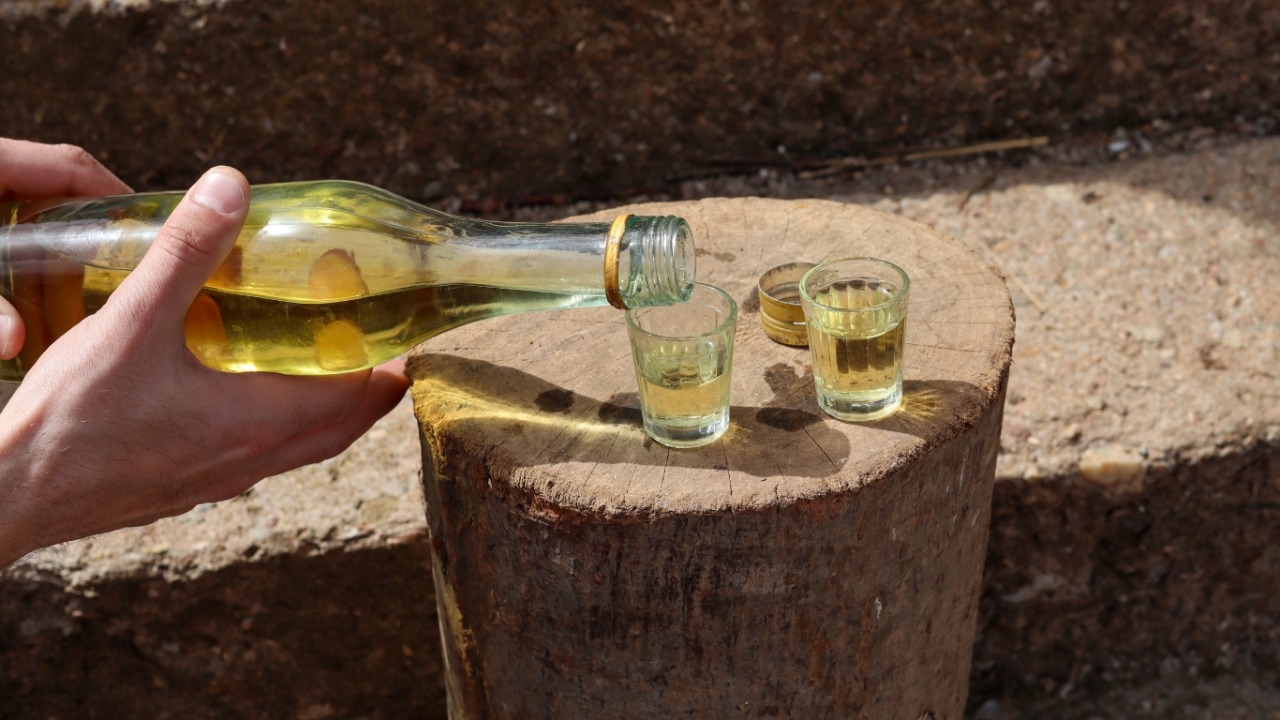
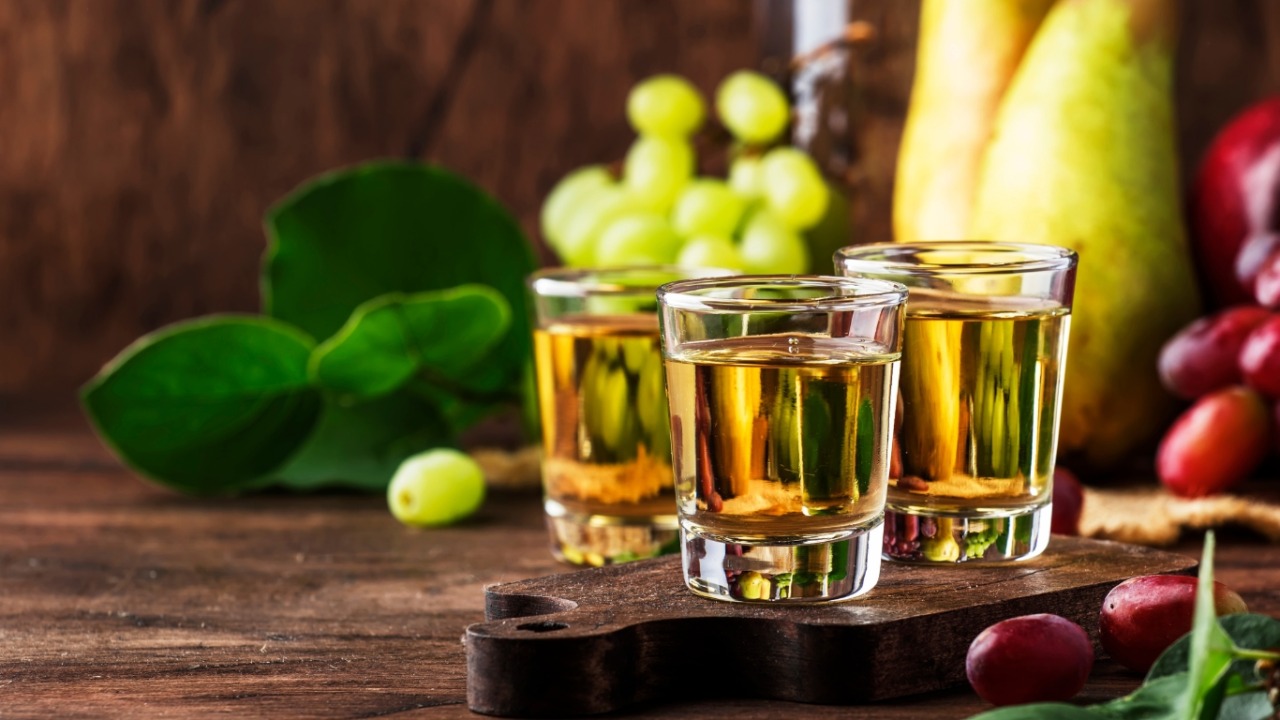
Each type has its own personality—fiery, smooth, sweet, or aromatic—and choosing the right rakija is part of the cultural ritual.
The Distilling Process – Pečenje Rakije
The making of rakija usually happens in late summer or autumn, after the fruit harvest. The process is a blend of skill, patience, and tradition:
- Harvesting – Only fully ripe fruit is picked, as sweetness directly affects the quality.
- Fermentation – The fruit is crushed and placed in large barrels, where it ferments for several weeks.
- Distillation – The fermented mixture is heated in a copper still (kazan), and vapors are condensed into liquid. The first run produces a raw spirit.
- Second Distillation – To improve purity and taste, rakija is often distilled twice.
- Aging – Some rakijas are consumed fresh, while others are aged in wooden barrels for months or years, gaining depth of flavor.
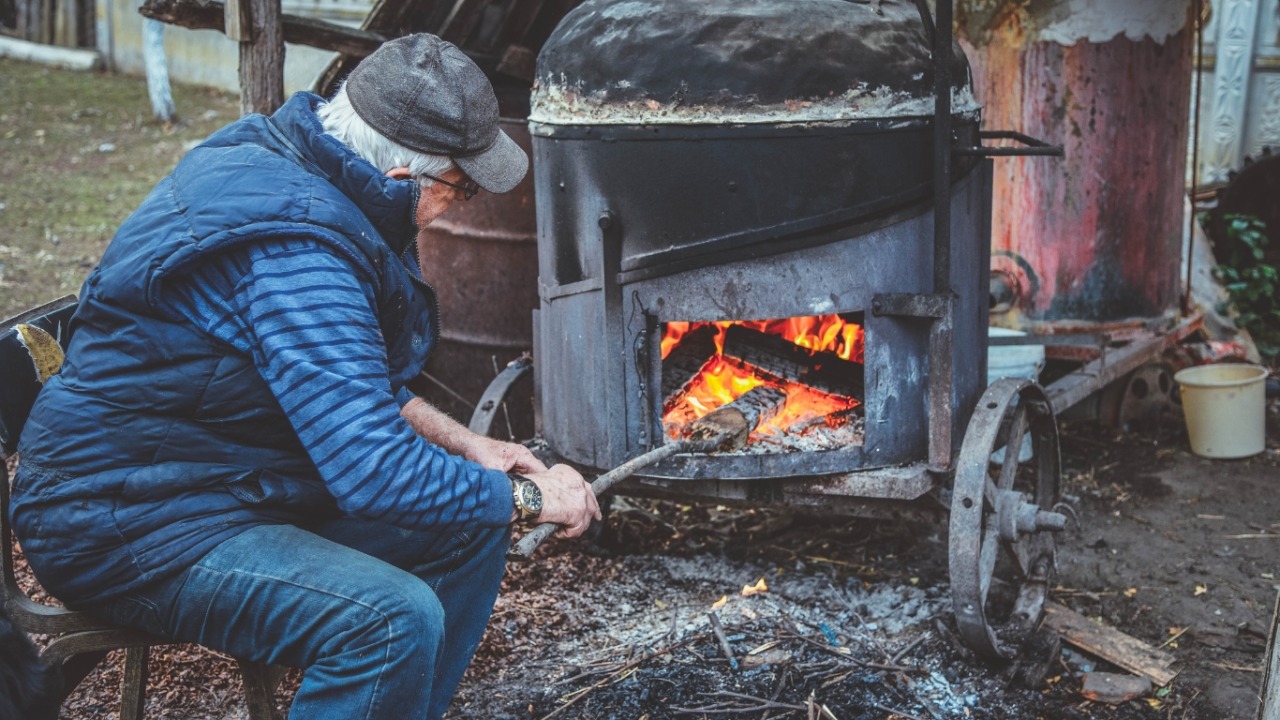
The scent of boiling fruit, the clinking of glasses, and the laughter around the kazan are as important as the final drink.
A Social Gathering Like No Other
Making rakija is rarely a solo activity. It’s an event—friends, family, and neighbors come together to help, taste, and celebrate. There’s always food on the table: bread, cheese, smoked meats, pickles, and sometimes hot stew simmering nearby.
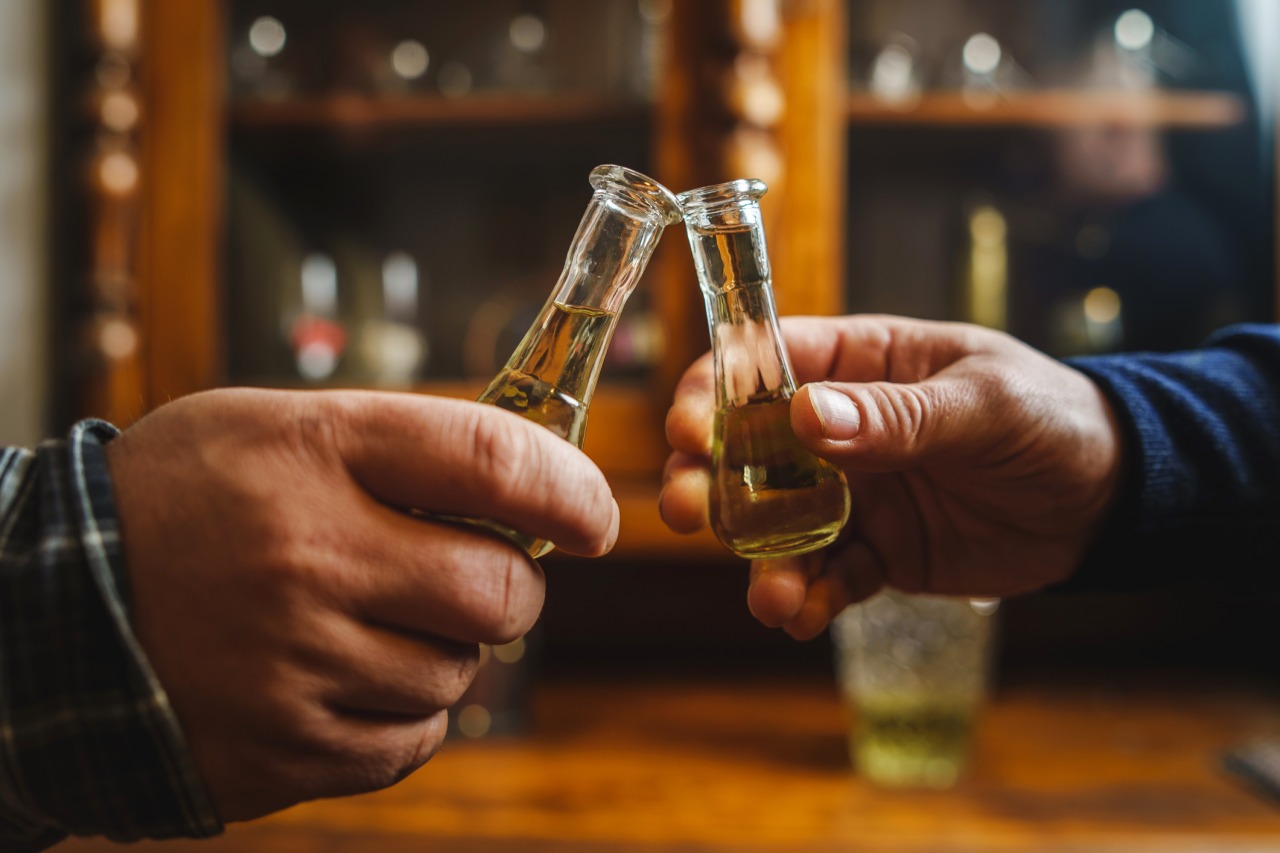
Stories are told, songs are sung, and advice is shared—especially from the older generation to the younger, who learn the craft not from books but by standing next to the kazan. The first drops of fresh rakija are always tasted with a smile and a toast: “Živeli!” (Cheers!).
In Serbia, rakija accompanies life’s milestones—births, weddings, family gatherings, and even funerals. It is both a celebratory drink and a drink of remembrance. Offering rakija to a guest is more than hospitality—it’s an invitation to share trust, warmth, and a moment of connection.
Uses of Rakija in Serbia
Rakija in Serbia is more than a drink—it’s a versatile part of everyday life and tradition.
Traditionally, it’s used for:
- Toasts and celebrations – essential at weddings, slavas (patron saint days), and holidays.
- Aperitif – to “open the appetite” before a meal.
- Medicine – in folk remedies, rakija is used for colds (tea with rakija), as compresses for fever, for massage to relieve pain, and even for disinfecting wounds.
- Gift – a bottle of homemade rakija is a common present for a friend or neighbor.
- Cooking – for flavoring cakes, fruit preserves, or meat marinades.
- For the soul – perhaps its most important role: rakija brings people together, relaxes conversations, and creates lasting memories.
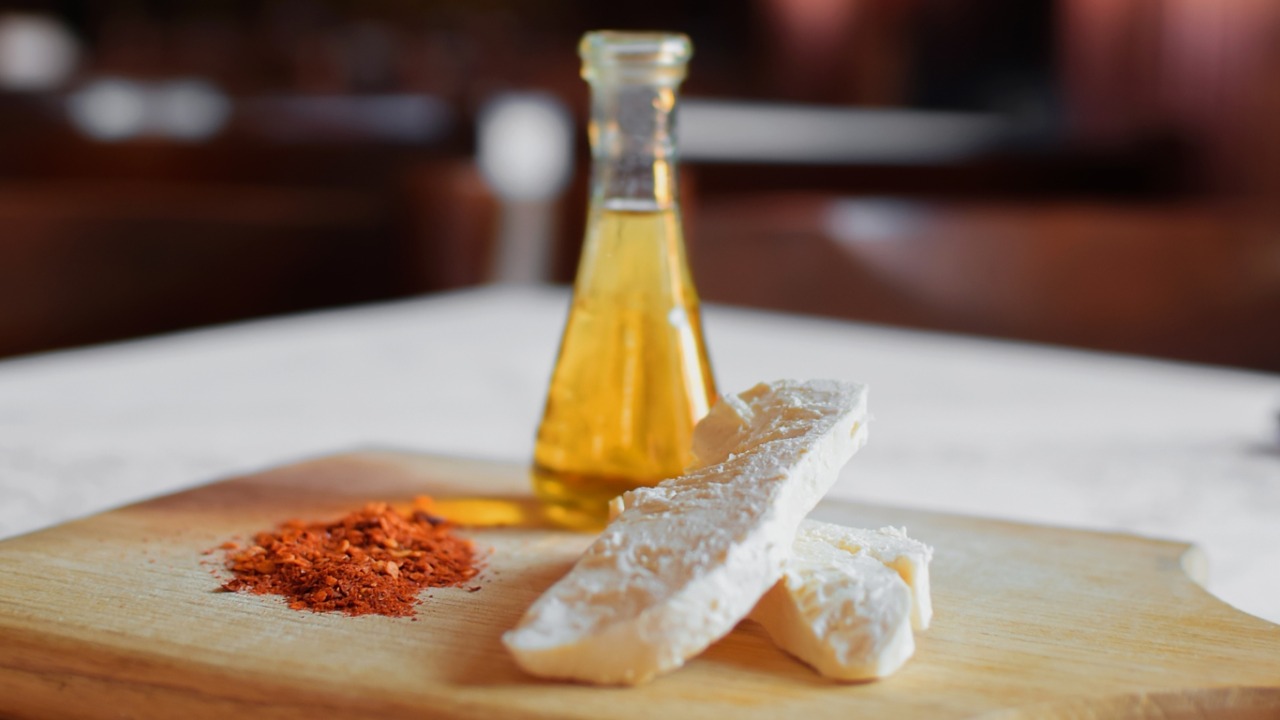
Why We Keep the Tradition Alive
Even as modern distilleries produce high-quality rakija for export, the home-made version keeps its charm. It’s not just about the taste—it’s about the ritual, the patience, and the people involved. In every sip, there’s the story of the harvest, the care of the maker, and the laughter shared while it was being made.







